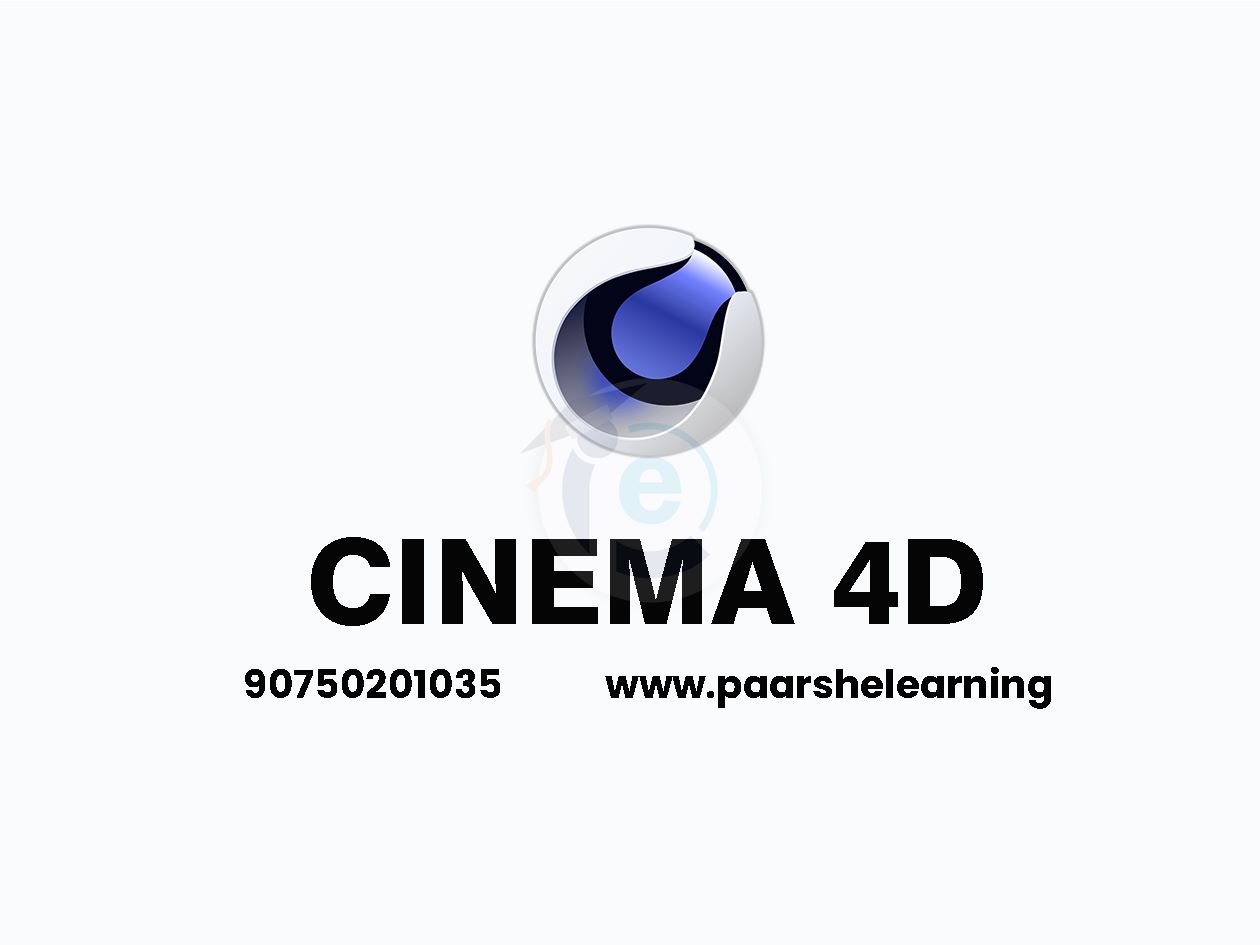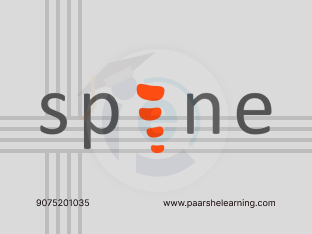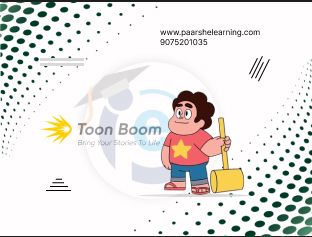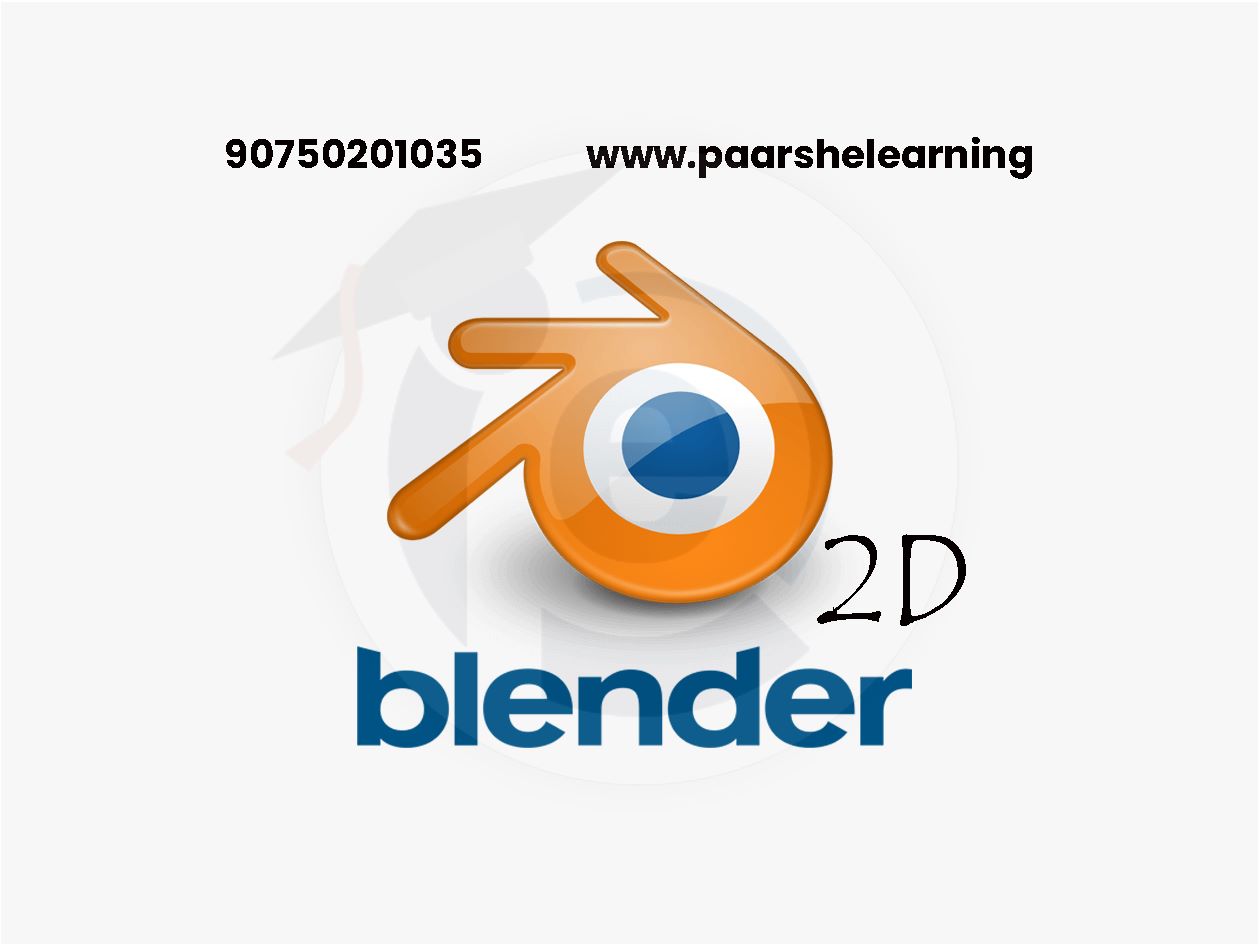- I will slowly and fully explain how to start
- Using Zbrush, how to navigate the interface.
- The various things you need to know to
- model a head, horns, torso, armor, sword...
Z-Brush
Course description
ZBrush is a digital sculpting and painting software developed by Pixologic. It is widely used in the film, game development, toy design, and jewelry industries for creating highly detailed and organic 3D models. ZBrush offers a unique and powerful set of tools that allow artists to sculpt, paint, and texture their digital creations. Here are some key features and capabilities of ZBrush:
-
Digital Sculpting: ZBrush revolutionized the world of digital sculpting by introducing a sculpting workflow that mimics traditional sculpting techniques. Artists can use various brushes and tools to sculpt and shape virtual clay in a highly intuitive and dynamic manner. ZBrush allows for intricate and detailed sculpting with customizable brushes, dynamic tessellation, and the ability to work with high-resolution models.
-
ZBrush Brushes and Alphas: ZBrush provides a vast library of brushes and alpha textures that enable artists to achieve different effects and surface details in their sculptures. Brushes can be customized in terms of shape, size, strength, and other parameters. Alphas are grayscale images that can be used to create specific surface patterns, such as skin pores, scales, or wrinkles.
-
DynaMesh and ZRemesher: ZBrush's DynaMesh feature allows for real-time dynamic tessellation, enabling artists to sculpt freely without worrying about topology constraints. ZRemesher is a powerful automatic retopology tool that can create a clean and optimized topology for sculpts. These features make it easier to refine and manipulate the mesh structure of the models.
-
Polypainting and Texturing: ZBrush provides robust painting and texturing capabilities. Artists can directly paint colors and textures onto their models using a variety of brushes and materials. ZBrush also supports the creation and editing of UV maps, allowing for precise control over the placement of textures and materials on the model's surface.
-
Subdivision Surfaces and Detailing: ZBrush uses subdivision surfaces to handle high-resolution details. Artists can add fine surface details and refine theirs sculpts by subdividing the mesh and sculpting at higher subdivision levels. This allows for an iterative and non-destructive workflow, enabling artists to focus on adding intricate details to their models.
-
ZBrush Sculpting and Projection Layers: Sculpting and Projection Layers in ZBrush enable artists to experiment and iterate on their sculptures without permanently altering the original model. Sculpting Layers allow for non-destructive sculpting, while Projection Layers can be used to project high-resolution details from one model to another, facilitating the transfer of sculpted details or creating morph targets for animations.
-
Integration with Other Software: ZBrush integrates well with other 3D software packages. It supports importing and exporting models in various formats, such as OBJ, FBX, and STL. ZBrush can also be used in combination with other software like Maya or 3ds Max for further refinement, animation, or rendering.
What you will learn from this course?
This course includes!
- Daily Live session
- A recorded session with problem-solving material
- Access on Mobile and TV
- Access for lifetime
- 100 % Job placement
- Certificate of completion
- Recommendation Letter
This course is for
- I created this course for people that wants to start digital modeling in the best industry standard program - Zbrush, but don't know how. This is also for those artists, who want to improve and help their drawing with a 3D base, or why not, become digital sculptors. This is an absolute beginner's course, so it doesn't require any previous knowledge of Zbrush or even Photoshop. Everything in this course is real-time with constant commentary from me, and I can talk a lot!
Prerequisites for this course
- To have Zbrush and maybe a tablet
Z Brush Syllabus
-
Introduction
• BUILDING THE FORM • Navigating in Zbrush • Creating the base Mesh • Shaping the Mesh • Masking & isolating • Adding Volume
-
Body Refinements
• Notes prior to next section • Transform, Subtools, Layers • Defining the Muscles • Detailing the Hands • Detailing the Feet • Sculpting the Head • Adding Veins and Folds • Nails and Claws • Sculpting the Mane • Creating the Front Teeth • Polygroup, Extract Tool, Panel Loops • Molar Teeth and Tongue
-
Clothing & Accessories
• Sculpting the Cloth • Cloth Fabric Details • Blocking the Armor and Strap • Designing the Armor • Working on Strap and Belt • Extra Detailing





